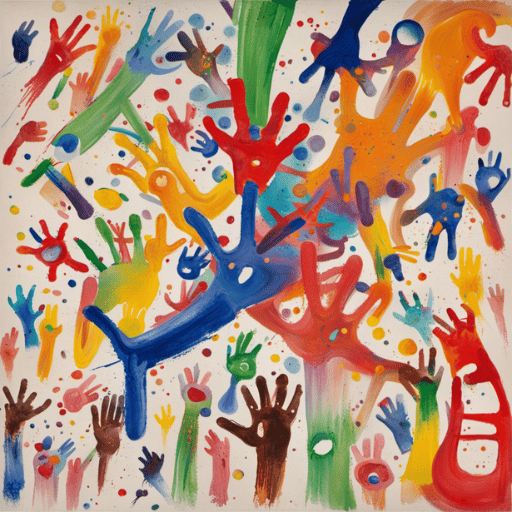A Story Book For Children In Argentina About Post-Polio Syndrome
Once upon a time, in a beautiful land called Argentina, there was a little boy named Mateo. Mateo loved playing soccer with his friends in the park and exploring the vibrant streets of Buenos Aires. He was full of energy and always had a big smile on his face.
But one day, something unexpected happened. Mateo started feeling very tired and his legs felt weak. He couldn’t run as fast as before, and even walking became a little difficult. His parents took him to the doctor, who explained that Mateo had something called Post-polio syndrome.
Now, you might be wondering, what is Post-polio syndrome? Well, let me tell you, my little friend. Post-polio syndrome is a condition that can happen to people who had polio when they were younger. Polio is a disease that affects the muscles and can make it hard to move around.
In Argentina, we have a special word for someone who loves to dance and move their body. We call them “bailarines.” Mateo was a fantastic bailarín, but his legs were feeling weak because of Post-polio syndrome. It made him sad because he couldn’t dance like he used to.
But Mateo was a brave little boy, and he didn’t let this condition bring him down. He decided to find a way to keep dancing, even if it meant doing things a little differently. He went to a special dance class for children with different abilities, where he met other kids just like him.
In this class, they had a wonderful teacher named Señorita Carmen. She was known for her magical dance moves and her ability to make everyone feel special. Señorita Carmen taught Mateo and his friends new ways to dance that didn’t put too much strain on their legs.
They learned to do graceful arm movements, twirls, and spins that made them feel like they were flying. Mateo’s favorite dance move was called “el giro mágico,” which means the magical spin. Every time he did it, he felt like he was in a fairytale.
Mateo’s friends from the dance class became his dance family. They supported each other and cheered each other on. They even performed a special dance show for their families and friends in a famous theater in Buenos Aires. Mateo’s parents were so proud of him, and they couldn’t believe how much joy he brought to the stage.
Even though Mateo had Post-polio syndrome, he never let it define him. He continued to dance and explore the beautiful streets of Argentina, using his wheelchair when he needed to. Mateo taught everyone around him that no matter what challenges we face, we can always find a way to keep dancing and spreading happiness.
And so, my dear friend, remember Mateo’s story whenever you face a challenge. Just like him, you can find your own magical spin and keep dancing through life, no matter what. The end

